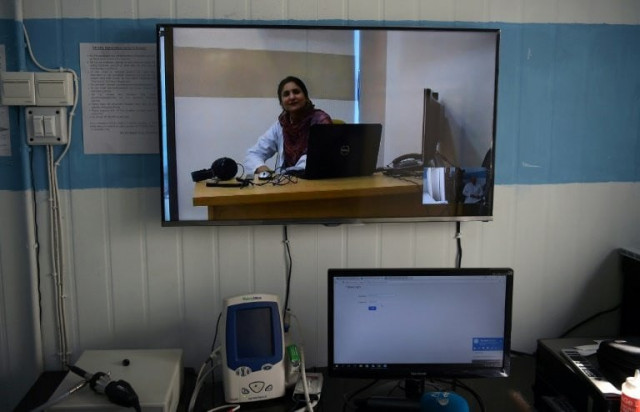Punjab witnesses decline in number of women medics
Gender Parity Report points out increase in health centres, drop in LHWs, WMOs

The number of lady health workers (LHWs), supervisors and women medical officers (WMOs) in Punjab decreased between 2018 and 2020 despite an increase in basic health units (BHUs), rural health centres (RHCs) and stabilisation centres (SCs).
The gap has been pointed out in the recently complied 4th Punjab Gender Parity Report 2019-20. The data for the analysis has been shared by the Integrated Reproductive Maternal, Newborn and Child Health (IRMNCH) Directorate.
According to the report, the number of LHWs dropped three per cent in 2020 as compared to 2018. In 2018, there were 44,103 LHWs, but the number dropped to 42,784 last year.
The number of serving LHSs in the province decreased by 4.6% from 1,788 in 2018 to 1,706 in 2020.
On the other hand, the number of women medical officers dropped by 72% as there were 156 WMOs in 2018 as compared to 43 in 2020.
The Secretary of the Punjab Commission on Status of Women (PCSW), Tariq Khan, has reportedly written a letter to the IRMNCH, urging certain measures to cope with the issue.
He recommended a well-defined service structure and institutionalised training programme for LHWs. He also suggested an increase in hiring and retention of qualified medical personnel.
Read Senate panel for inducting doctors sans test
Encouraging non-practising women doctors to join the health workforce by offering them attractive renumeration packages, especially in rural, underserved districts, can also help mitigate the gap, he added.
Khan shared compiling the report had been quite an arduous task given restrictions placed by the government due to the Covid-19 pandemic, resulting in time crunch and difficulty in coordination with district-level public offices.
It investigates six thematic areas of demographics, governance, health, education, economic participation and opportunities and justice, with more than 250 indicators.
Khan said the report had also revealed considerable progress with respect to some indicators.
The data for 2019 and 2020 depicted a steadily increasing female labour force participation rate in Punjab along with declining fertility and maternal mortality rates over the years.
Published in The Express Tribune, October 26th, 2021.



















COMMENTS
Comments are moderated and generally will be posted if they are on-topic and not abusive.
For more information, please see our Comments FAQ